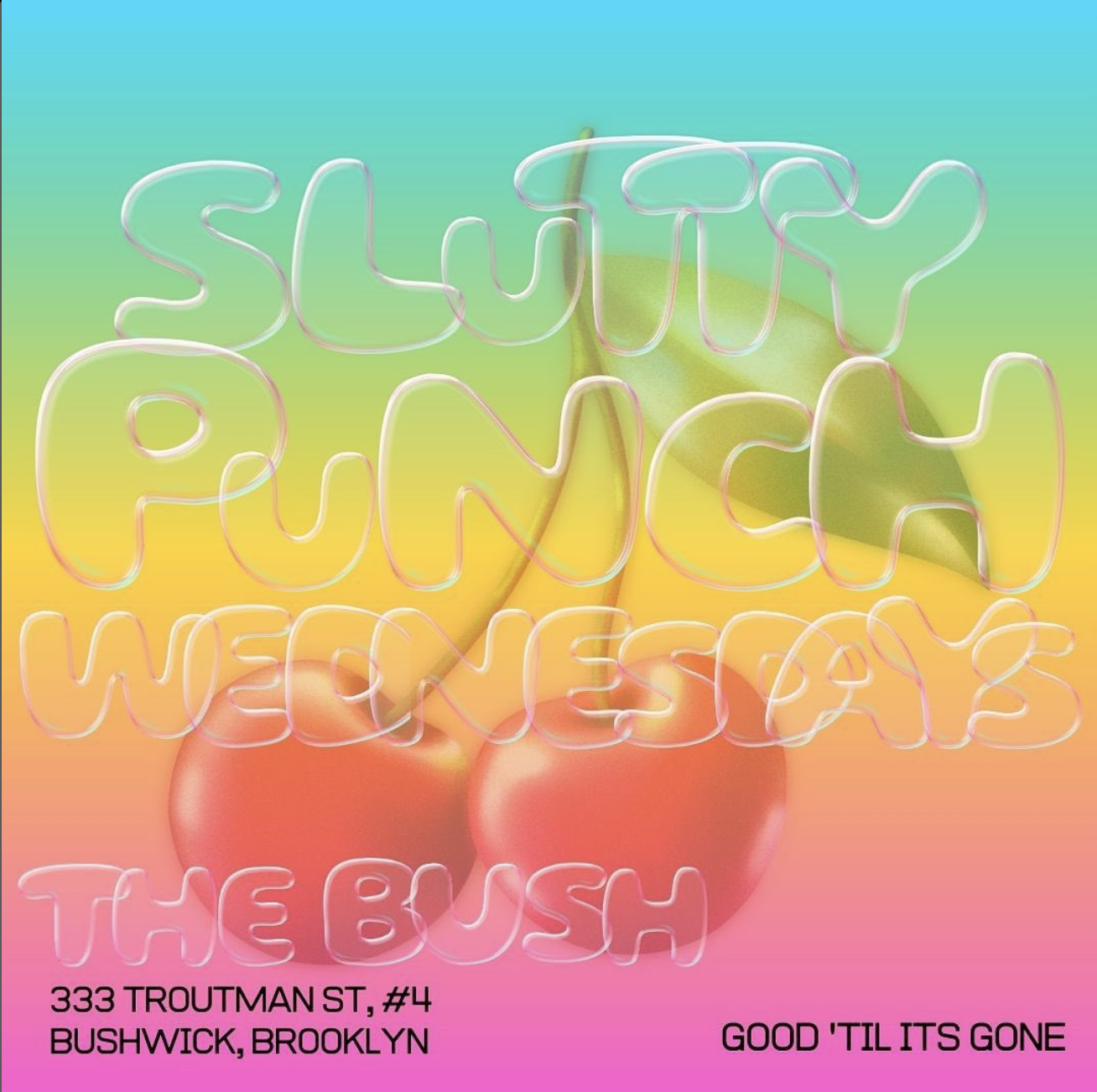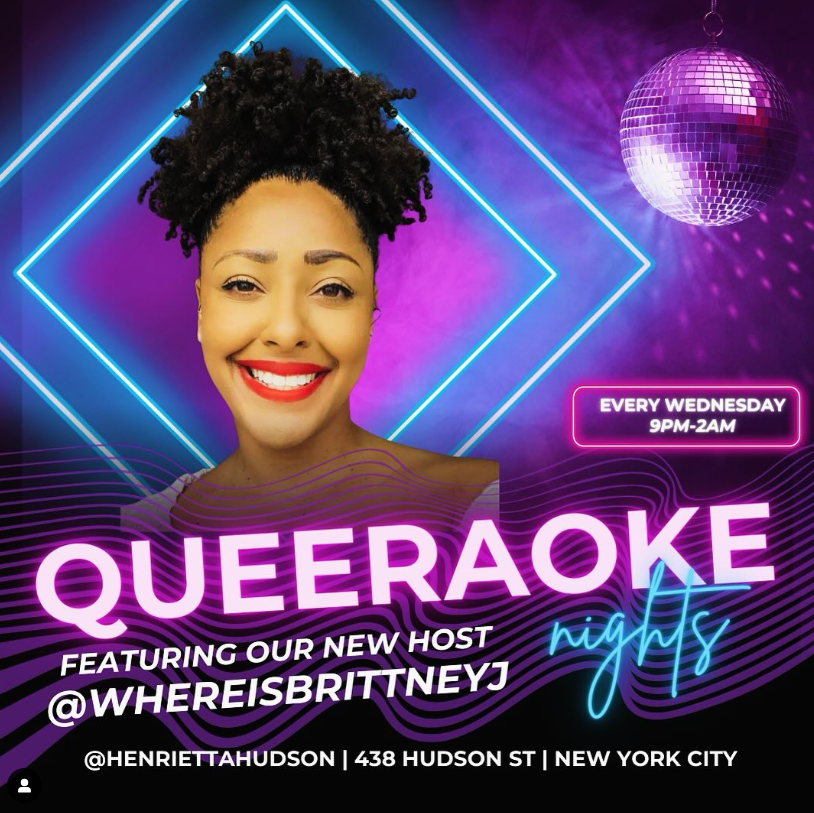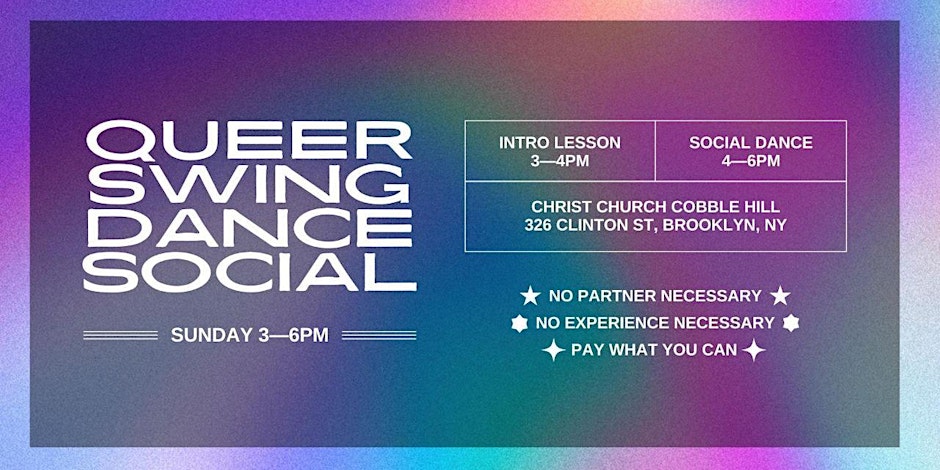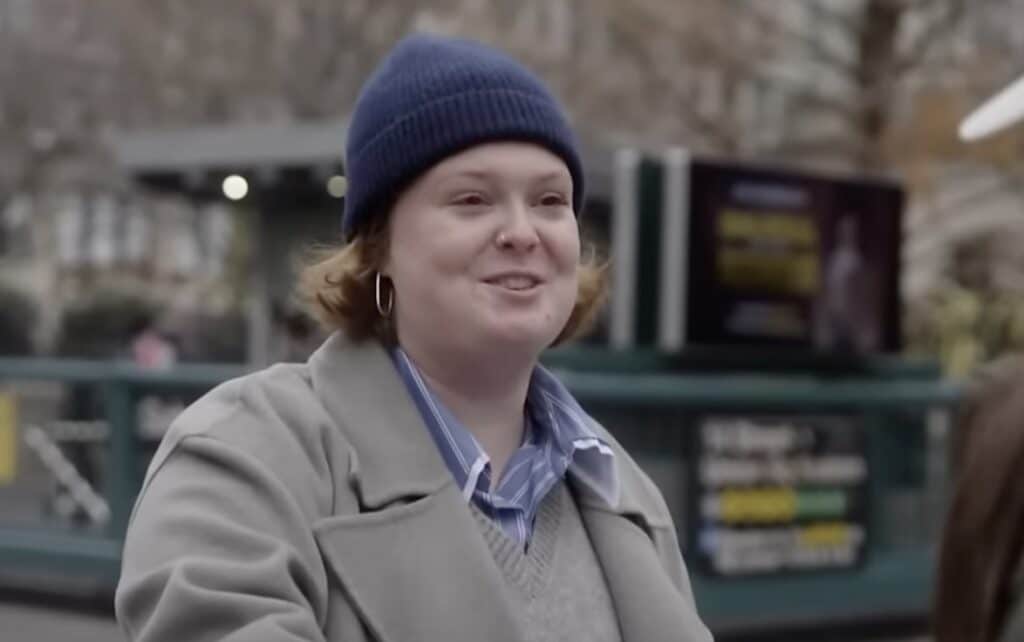For Women’s History Month, GO is celebrating LGBTQ women we wish we could have learned about in high school history class.
Gladys Bentley made a name for herself during the Harlem Renaissance as a blues singer, pianist and entertainer. At the young age of 16, she moved from her hometown of Philadelphia to New York City to impress a big Broadway agent. Her career as a performer began to take off during prohibition at Harry Hansberry’s Clam House (one of NYC’s notoriously gay speakeasies). The club needed a new male pianist, so Bentley dressed up in men’s clothes and won the audition for the spot.
Bentley quickly became well-known as a drag king under the name of Barbara “Bobbie” Minton, and her signature outfit was a dapper tuxedo and top-hat where she was backed by a chorus line of fellow kings. She was known for singing raunchy songs with her deep and gravely voice as perused the crowd flirting with women throughout her performance.

Bentley said that her first marriage was throughout this revolutionary time in her life in New York. This marriage was to a white woman, though this woman’s identity remains unknown still today. Aside from her musical legacy, Bentley subverted the way masculinity was perceived and was also a prominent figure in the Black community. She was spoken highly of by many celebrities during this era such as Langston Hughes, Hugh Herbert, Cary Grant and Barbara Stanwyck.
Bentley wrote about her life in an acclaimed article in Ebony magazine titled “I Am Woman Again” in 1952 (the same year she married not one, but two men). She was the eldest of four siblings and wrote of her relationship with her mother: “When they told my mother she had given birth to a girl, she refused to touch me. She wouldn’t even nurse me, and my grandmother had to raise me for six months on a bottle before they could persuade my mother to take care of her own baby.”
Bentley believes this shaped her understanding of gender identity. From a young age, she didn’t want to be touched by boys, would wear her brothers’ clothing and even admitting to having a crush on her female elementary school teacher.
Though Bentley was an out and proud lesbian throughout her years as a drag performer, she went back in the closet during the McCarthy Era. She had a “lavender marriage,” began wearing dresses again and claimed to be “cured” of her queer ways. One of the reasons behind this shift was the constant harassment she faced while dressed in men’s clothes. After the Prohibition Era, she struggled to re-start her career as a musician in Southern California, but her legacy remains, as she was a true trailblazer and queer Black icon.





































































